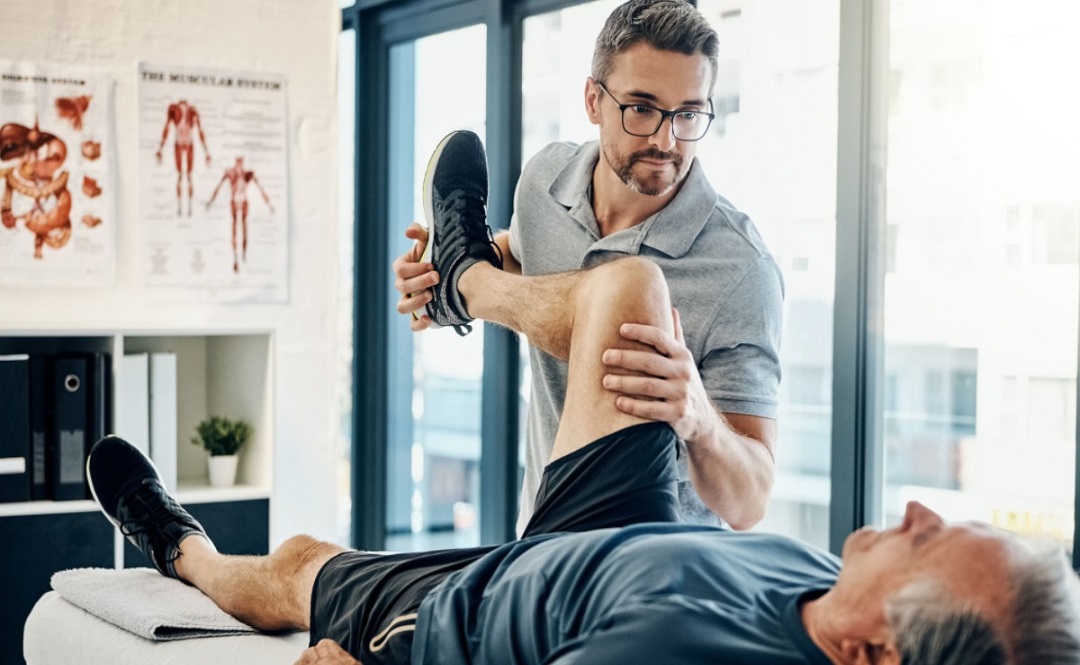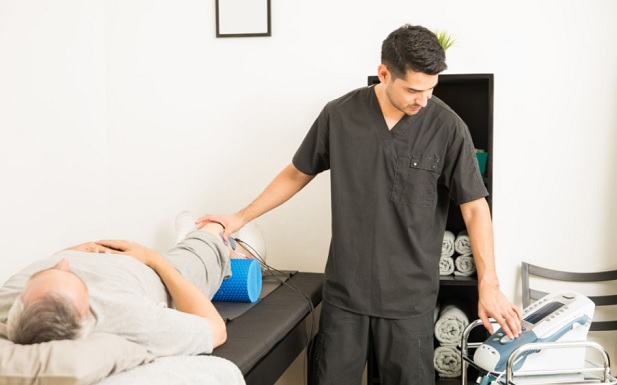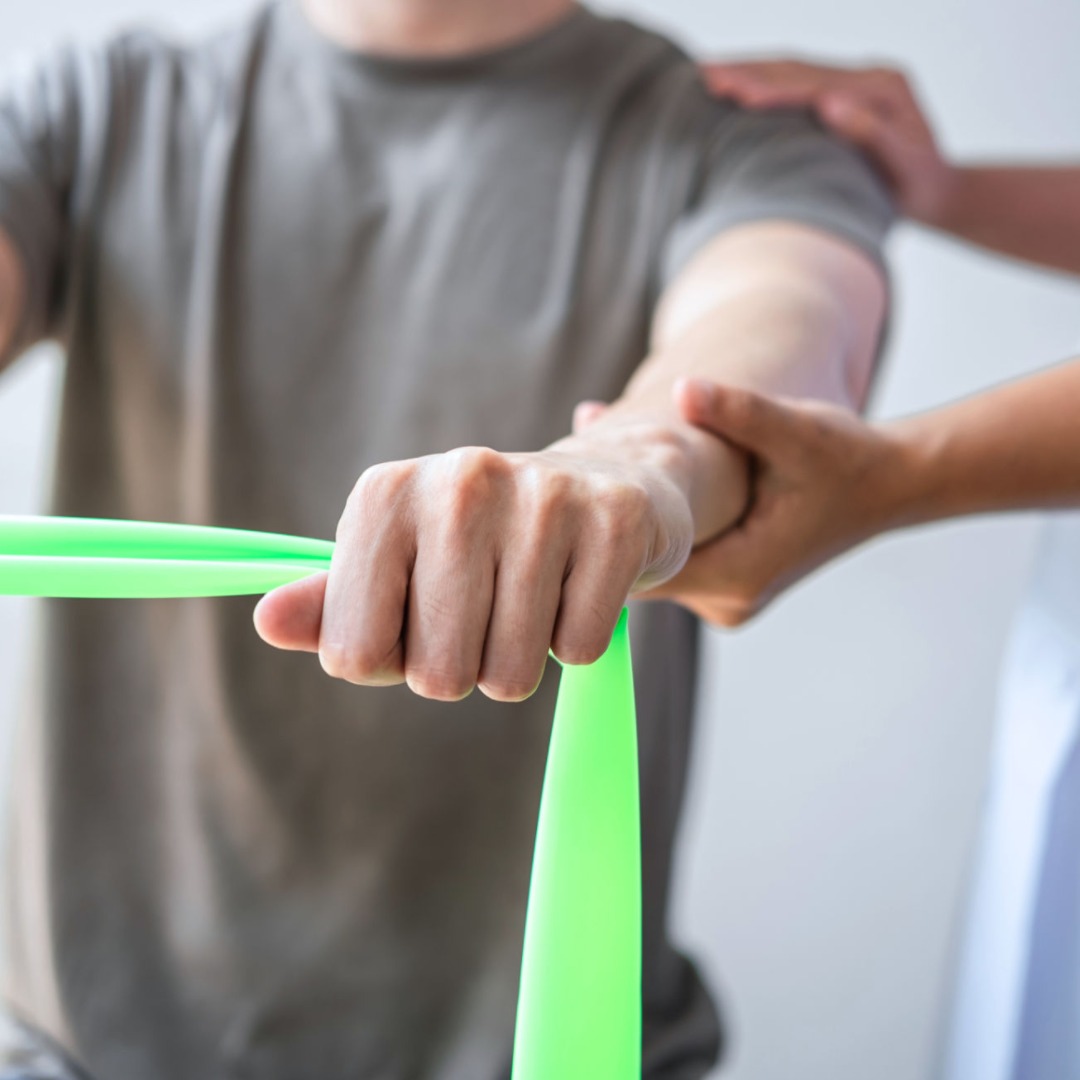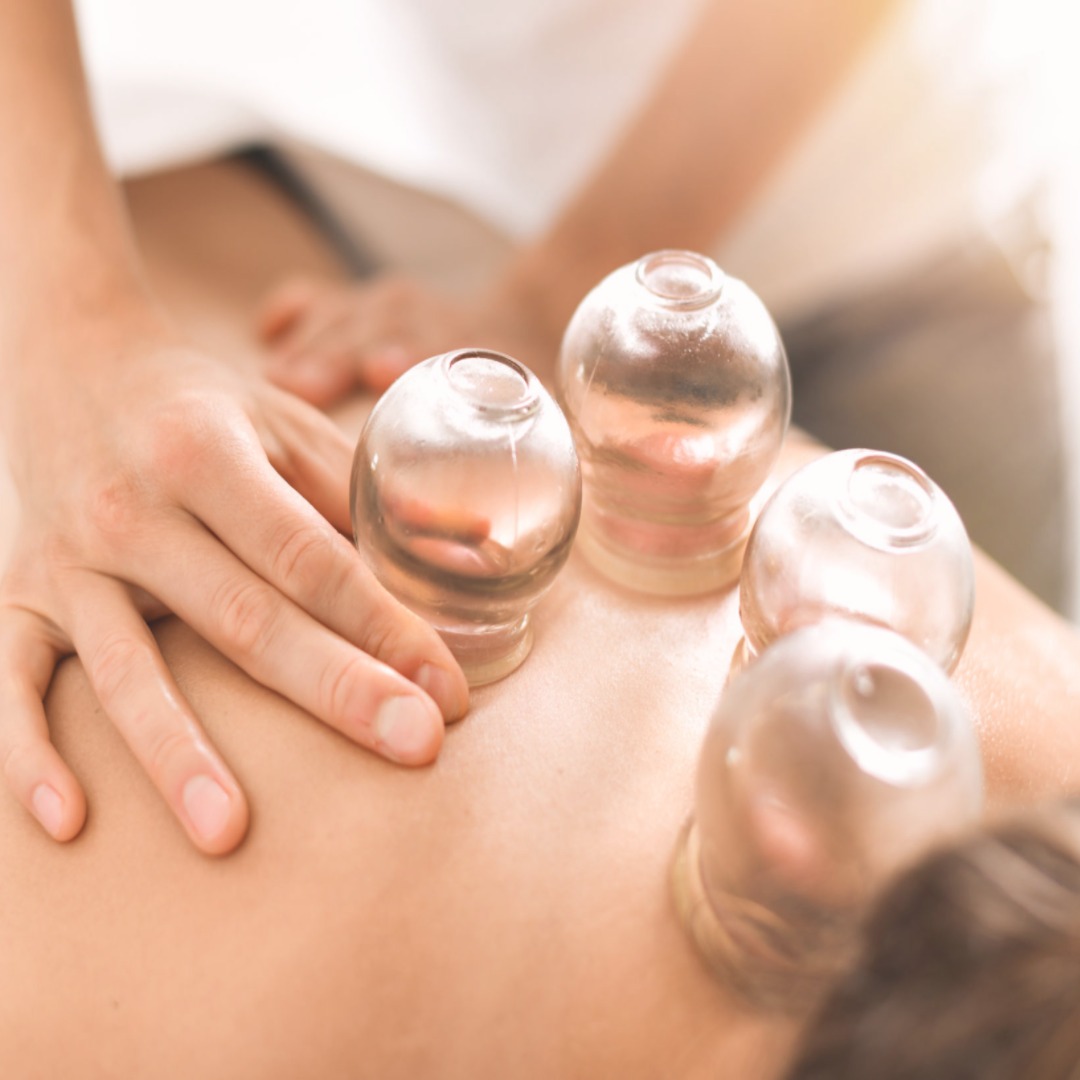Physiotherapy Services
Physiotherapy promotes wellness, mobility and independent function. Physical Therapists have advanced understanding of how the body moves, what keeps it from moving well and how to restore mobility.


Physiotherapy for Me?
Physiotherapists are experts on movement and function. At Myers Physiotherapy our Physiotherapists are skilled at assessing and managing a range of conditions including:
- Neck and back pain and other joint injuries
- Rotator cuff injuries and other shoulder problems
- Fall Prevention and balance problems
- Post-fracture rehabilitation
- Knee pain
- Arthritis
- Plantar fasciitis
- Elbow and Wrist pain
- Concussions
- Whiplash
- Work related injuries
- TMJ/Jaw pain
- TMJ/Jaw pain
- Pre and post-operative rehabilitation
- Muscle strains
- Joint sprains/pain/swelling
- Muscle strains
- Tendinitis
- Carpal Tunnel Syndrome
- Hand injuries and surgeries
- Running injuries
- Sports injuries
- Mobility problems related to neurological disorders
- Pre- and post-natal problems
Myers Physiotherapy can also help you to prevent most of the above conditions by offering advice on posture, exercise, workplace and lifestyle habits. At Myers Physiotherapy your Physiotherapists work as part of a team with you and sometimes other health care providers. The success of your Physical Therapy program usually requires your co-operation outside of our Physical Therapy clinic. You will probably be required to participate in an exercise program or some modifications to your postural or lifestyle habits. Your dedication to your Physical Therapy “homework” will greatly enhance the outcome of your Physical Therapy program and will help you to achieve your goals as quickly as possible.
You can expect your Physiotherapist will follow the system below to ensure your time in Physical Therapy and at home is used effectively to reach your goals.
- Assess your symptoms.
- Diagnose your condition.
- Plan your treatment.
- Treat your condition.
- Continually evaluate the effect of treatment on your condition and adjust the treatment plan if necessary.
- Help you to manage your condition at home and to prevent reoccurrence of problems.
- Communicate with any other health professionals involved with your condition, such as your doctor, to ensure a united approach to achieving your goals.
At Myers Physiotherapy keep up-to-date with the latest in medical and sports science research to help them select treatments that have been scientifically proven to help your condition. This is called “Evidence Based Practice”.
Motor Vehicle accident Injuries:
At Myers Physiotherapy we offer orthopedic and neurologic rehabilitation for a wide range of car accident injuries. We are a well-regarded provider of rehabilitation services. We have the expertise to rehabilitate a wide range of car accident injuries including common orthopedic conditions such as whiplash and back strains, as well as accident-specific joint, muscle, ligament, tendon, spine and bone conditions. Coming to Myers Physiotherapy for your motor vehicle accident rehabilitation is easy. We complete and submit all necessary insurance forms on your behalf, and we bill your insurance company directly. Our goal is make your car accident related rehabilitation fast, convenient, and complete.
TMJ/ Jaw pain Treatment
At Myers Physiotherapy Clinic, you will work directly with a certified Physiotherapist trained through post graduate course work, in the assessment and treatment of TMJ dysfunctions. Your Physiotherapist will assess:
- Your unique jaw and neck movement disorder or alignment issues
- Muscle imbalances and tightness
- Any joint related problems
Following your assessment, your Physiotherapist will put you on a specific, individualized exercise program. You will continue to see your Physiotherapist to monitor and progress your program, and to provide you with the hands-on therapy you may require.
Fortunately, a trained Physiotherapist can help by teaching you relaxation, stretching and strengthening exercises for the face, head and neck muscles. These exercises can also help to augment the effect of the appliance or mouth guard your dentist may have already provided to you.
Your program may include one or more of the following:
- Stretching and strengthening exercises of the jaw, head and neck
- Postural correction, relaxation and breathing exercises
- Manual stretches and mobilizations of the jaw and neck joints
- Ultrasound and electrical stimulation to improve healing
Your Physiotherapist will always be in contact with your dentist and/or specialist to coordinate your treatment with their recommendations. To book an appointment with a Physiotherapist trained in the assessment and treatment of TMJ dysfunction please CALL OR BOOK ONLINE and request an appointment for TMJ or Jaw pain.
Chronic Pain:
Living with chronic pain can seriously impact your quality of life. At Myers Physical Therapy, We have effective physical therapy treatment for chronic pain conditions like rheumatoid arthritis, fibromyalgia and chronic fatigue syndrome. We are also able to help patients suffering with long-term pain from cancer and nerve damage. Through proper training and exercise (including aquatic exercise), we have had success treating patients who did not think they would ever be able to resume normal living.
Sports Medicine:
We are passionate about sports. Our therapists are athletes themselves and they are experienced in working with players at all levels to help them heal their injuries quickly and perform at peak capacity. We focus on patient education, because we believe that understanding movement mechanics helps the athlete understand why injury occurs, and how to train to avoid injury, and ultimately how to train to excel in their chosen sport.
Some of the treatments that Physical Therapists may use include:
- Mobilization of joints
- Therapeutic exercise
- Electrotherapy such as ultrasound therapy and electrical stimulation
- Massage
- Advice and education


Treatment
Manual Therapy:
Manual therapy is defined as the skilled passive movement of joints (both spine and extremity) and soft tissues. The goal of these techniques is to normalize the specific motions that take place between joint surfaces that allow for normal joint mobility. It is one of the foundational components of effective physical therapy and involves the strategic use of manual forces including traction, mobilization or manipulation of a joint(s) or the spine, and soft tissue manipulation. These techniques reduce muscle spasm, facilitate the release of your body’s natural pain reducers and inhibit your perception of pain, improve range of motion and restore normal biomechanics needed to function. These techniques are typically used in conjunction with a comprehensive therapy plan that includes other therapy techniques, exercise and modalities.
Joint Mobilization:
Joint mobilization is a manual therapeutic treatment technique used to manage musculoskeletal dysfunction. It promotes movement in stagnant tissues and joints by oscillating or providing a traction force to the joint in specific directions, to increase joint mobility. Specific joint mobilizations can target joints with decreased mobility due to mechanical dysfunction, prolonged immobilization following injury and/or surgery. This increased joint mobility helps to promote normal range of motion and return to function.
Soft Tissue Mobilization:
Soft Tissue Mobilization (STM) is used to break down scar tissue and fibrotic adhesions that are typically associated with trauma to the soft tissue(s). Proper tissue integrity and fiber alignment allows for increased circulation to tissues, increased flexibility, increased muscle contraction and performance with decreased pain.
Electrical Stimulation:
Neuromuscular Electrical stimulation (NMES) uses an electrical current to cause a single muscle or a group of muscles to contract. Contracting the muscle via electrical stimulation helps recruit more muscle fibers to increase strength production within a muscle. Contraction of muscle also promotes blood supply to the area which assists in healing. Electrical stimulation may also be used to decrease muscle spasms, reduce/prevent atrophy, and decrease pain stimuli. Forms of electrical stimulation used for pain relief include: Interferential Current, Pre-Mod, and Hi-Volt.
Laser Therapy:
Low-level laser therapy (LLLT) uses light with specific characteristics to treat medical conditions. Low-level laser devices produce therapeutic effects by non-thermal absorption of photons by cells. LLLT has been shown to decrease the inflammation through mitochondrial stimulation. This increases respiratory chain activity, which enhances ATP synthesis, cellular repair and reproduction.
Ultrasound:
Ultrasound is another form of heat and is a modality that can be used to help you with pain and promote tissue healing. Ultrasound uses sound waves to generate heat within a body part, which increases overall circulation to the targeted tissues. Increased circulation promotes tissue healing, prepares muscles and tissues for activity, and may also decrease inflammation.
Phonophoresis:
Phonophoresis is a topical modality that is combined with Ultrasound. An anti-inflammatory medication is mixed with the ultrasound gel. The soundwaves from the ultrasound head push the medication through the skin and into inflamed tissues. Phonophoresis requires a specific prescription from a Medical Doctor because of the medication being applied.
Gait Training:
Many lower extremity injuries affect a patient’s ability to walk normally. A physiotherapist can retrain you how to walk normally again following surgery or injury. Gait training involves analysis of a patient’s dysfunctional gait pattern to determine the cause(s) A physical therapist will help the patient correct the gait impairments using specific exercises and activities that have been developed to correct gait dysfunction.
Manual Traction:
Traction is the use of a technique, gravity or position to relieve pressure on a vertebral structure or nerve root. Traction may be used for many different applications. The most commonly used applications for traction include: lengthening tight muscles, tendons, ligaments in the spine; unload compressed nerve roots or pinched nerves; unload pressure from irritated discs; and reduce pressure on cervical or lumbar structures.
Paraffin Bath:
Paraffin wax is an alternate form of heat application. The wax works as an insulator, sealing in the heat from the wax, as well as the heat generated from the body. The heat encapsulated by the wax, can relax sore muscles and tendons, reduce inflammation and promote circulation in painful joints and soft tissues. Paraffin therapy is an effective method of applying heat to relieve pain and stiffness in the hands and/or wrists. Occasionally a moist hot pack will also be used in conjunction with paraffin wax.
Cold Therapy:
Cold therapy has a number of benefits and effects. The main use purpose of cold therapy is to decrease circulation to a specific area. A decrease in circulation can help decrease inflammation and superficial tissue bleeding. This results in a decrease in pain. Cold therapy can be used with muscle strains, ligament sprains, and post injury or surgery for pain relief.
Postural Training:
Treatment designed to increase your postural awareness, strength, and endurance in relation to alignment/positioning. Your Physical Therapist will design a specific exercise program to treat muscle imbalances due to weakness and decreased muscle length along with educate you on proper positioning during activity to decrease pain and prevent further injury.
Progressive Resistance Exercises:
PRE is a form of exercise in which the goal is to increase the strength of weak or injured muscle or muscle group by gradually increasing the resistance. Decreased strength can lead to poor functional movement execution and eventually lead to injury. Resistance bands, free weights, weight machines, and body weight are various ways used to provide resistance.
Range of Motion (ROM):
Following injury or surgery to a specific area, your ability to move an extremity/extremities may be decreased. Depending on your needs assessed by your Physical Therapist Passive Range of Motion (PROM), Active Assistive Range of Motion (AAROM), and/or Active Range of Motion (AROM) techniques will be implemented into your treatment program. Passive Range of Motion is performed by your Physical Therapist without any assistance or effort from you. Active Assistive Range of Motion requires some effort from you to move the affected extremity through the available range of motion either with the assistance of your Physical Therapist or with exercise equipment. Active Range of Motion is performed independently by you, without any external assistance, in which an extremity is moved through the available range.
Specialty Taping Technique - Kinesio, McConnell, Athletic Taping:
Two types of taping techniques often utilized in physical therapy are Kinesio and McConnell Taping. Kinesio taping provides assistance and support to your musculature surrounding affected joints to decrease pain, overuse, and inflammation, as well as increase your postural awareness. Kinesiotaping is light weight and allows your affected extremity to continue to move freely within its normal range of motion with decreased pain. McConnell Taping is one of the most common taping techniques for the treatment of patellofemoral pain. The primary goal of this taping technique is to reposition your patella and reduce pain by allowing normal gliding of the patella during knee movements.
Proprioception and Balance Training:
Many of our patients limit their day to day performance and increase their risk for falls through lack of training of their balance systems. Over time, subtle loss of strength, lack of attention to training of support muscles, and a simple lack of activities that challenge your balance and proprioception systems can lead to tripping, stumbling, and lack of confidence on your feet. Balance and vestibular rehabilitation involves a series of custom-designed exercises that help you re-train your neuromuscular system (muscle strength and dexterity, and the nerves that control them). Training in this way helps to reduce risk of injury, and improves your overall coordination.
Spinal Rehabilitation: Cervical, Thoracic & Lumbar:
A traumatic event, overuse, or degenerative changes can cause injury to your spine and its surrounding structures. A detailed assessment will be performed by your Physical Therapist to formulate a treatment plan addressing muscle length, strength, core and postural stability, and educate you on pain relief and injury prevention.
Sports Rehabilitation:
Physical Therapy treatment plans specifically designed to return you back to your sport and/or increase your performance. Your Physical Therapist will assess your strength, flexibility, and qualities of movements performed specific to your sport of choice and formulate a treatment plan to address deficits found to decrease pain, increase strength and stability, and prevent injury.
Work Injury Rehabilitation:
Repetitive movements, long durations of static positions, and/or a traumatic event can cause injury while working. Your Physical therapist will assess strength, stability, positioning and movement patterns to determine deficits that will be addresses in a treatment plan designed specifically to prevent further injury while performing job related tasks.